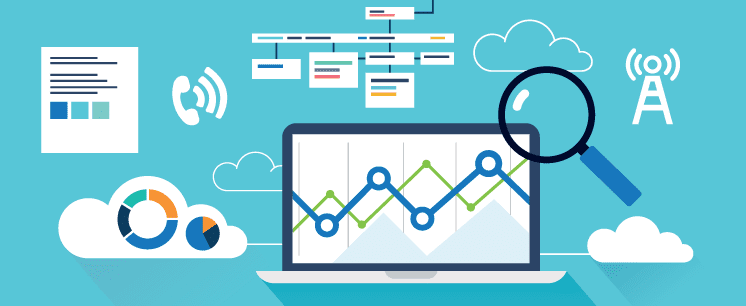Recently I called my local hardware store with a question about a scheduled door installation. The phone menu had an option for the windows and doors department, but it was about the twelfth option on what one would consider the second “page” of the menu. The store created even more confusion when an employee answered the phone, saying “Millworks.” Millworks? What was that? I wanted windows and doors. Not only was getting the correct department difficult, but a lack of consistency between the terms used for phone menu and those used by employees in-store created even more confusion.
If anything thing this would be considered a mild annoyance, but the potential for outright frustration with an IVR certainly exists. It’s not difficult to visualize someone, hair mussed and face flushed with incensed ire, screaming at an uncooperative speech recognition application. Perhaps you don’t even need to try to conjure up a mental image. Some days you may just have to look in the mirror.
When customers call, a sure-fire way to get them frazzled is with a difficult-to-use interactive voice response (IVR) application. Putting in the time and effort to optimize and improve your IVR can drastically reduce customer frustration and improve both call containment rates and customer satisfaction.
Identify Bottlenecks and Weak Points
There is no shortage of potential bottlenecks and weaknesses in a call flow. Identifying these items is the first step to fixing them.
One example of a call flow problem is a high rate at which calls are transferred out of the IVR application to a live agent. Considering the cost difference between a live agent and an IVR handling a call, which is significant, companies want to keep the calls best served by automation contained within the application.
The best way to identify these weak points? Use data.
By tracking the selections that callers make when interacting with your IVR, you to see precisely where callers are exiting the application. If large percentage of callers transfer out of the IVR at the same place in the call flow that is a strong indication that something in that menu requires attention.
Call data can reveal a wide array of trends. What options do callers select most frequently? Where are callers transferring to? When do callers hang up? At what point does error handling kick in? These are some of the more common items to keep an eye on when looking to optimize your IVR.
Implement, Measure, Repeat
If you think back to high school science class, the scientific method says to form a hypothesis and then to test it. After using data to support or refine that nagging inkling that you had that something was awry with your phone system it’s time to put the solution to the test.
There may be a tendency to treat optimization like a Ron Popeil rotisserie oven–just set it and forget it. This perspective, however, assumes that business and customers alike are static. Because this isn’t the case it’s necessary to keep an eye on those same analytics going forward.
Rolling out a new product? Altering the breadth of customer support? More likely than not another area for improvement will rear its head in the wake of seemingly unrelated business decisions. So keep an eye on the data your IVR generates and continually optimize it.
Don’t Over Do It
Now this might seem antithetical to the previous statement, but don’t overdo optimization either. An incremental approach is best because it allows you to determine which variable accounted for a given result. Implementing an extensive list of changes in one fell swoop just muddies the waters. You never know, a high priority change could be a greater cure-all than anticipated, saving considerable time and resources in the future.
Along similar lines, tinkering with your IVR application too frequently has the potential to frustrate customers. Frequent callers are used to a certain menu structure and they’re not going to like it if that structure changes three times over the next three months.
Finding the balance between getting good data, optimizing the application, rolling out changes, and analyzing the results may take some time, but will be beneficial in the long-term. Remember, having fewer frustrated customers is a boon to your live agents, not to mention for those formerly-beleaguered-but-now-satisfied callers. Go ahead and ask them.
Optimization is a win-win across the board. To achieve the best results, use analytics custom-built for IVR applications, like VoiceTrends, to optimize your customer’s IVR experience.

